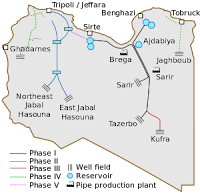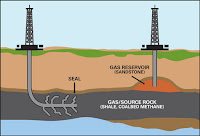 The Georgia Environmental Protection
Division (EPD) as of July 30 has installed a 1-year moratorium on new ground and surface water diversions in much of the SW quadrant of the state. The Lower Flint and Chattahoochee River basins are where the 17 partial and full Counties that are affected reside. Most of this area is both a groundwater and surface water moratorium.
The Georgia Environmental Protection
Division (EPD) as of July 30 has installed a 1-year moratorium on new ground and surface water diversions in much of the SW quadrant of the state. The Lower Flint and Chattahoochee River basins are where the 17 partial and full Counties that are affected reside. Most of this area is both a groundwater and surface water moratorium.According to some in the state, the high price of corn along with the droughty conditions have got many producers wanting to expand irrigated acres. The Tifton EPD office that issues irrigation permits for Southwest Georgia has received six times the number of new permits in the first six months of 2012 than it did in the same period in 2011.
The EPD feels everyone will be at risk if new permits are not better controlled, with director Jud Turner going on record as saying “The water resources affected by the suspension are a significant source of water for irrigation. A continued increase in withdrawals from these resources may ultimately lead to unacceptable impacts to existing users or compromise the sustainable capacities of these resources.”
The reason for the 1-year moratorium is to study the water systems more. While they know the groundwater levels are dropping and the stream base flows are being reduced, they are not sure how much of these impacts are due to increased water development versus the drier natural conditions. They suspect both are at fault, but want to understand to what extent each is responsible.
You can read more here. And here is the state's Press Release. Just for comparison, we've had the equivalent of this moratorium on new development here in NW Kansas since about 1986. As responsible as this action may appear, my guess is that with the reported declining groundwater levels they're going to ultimately discover that they too are behind the water development policy curve. The delayed effect of groundwater development may be claiming another victim. I hope I'm wrong.





